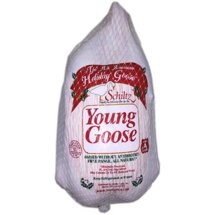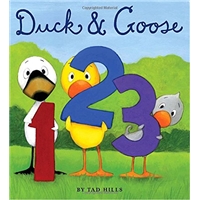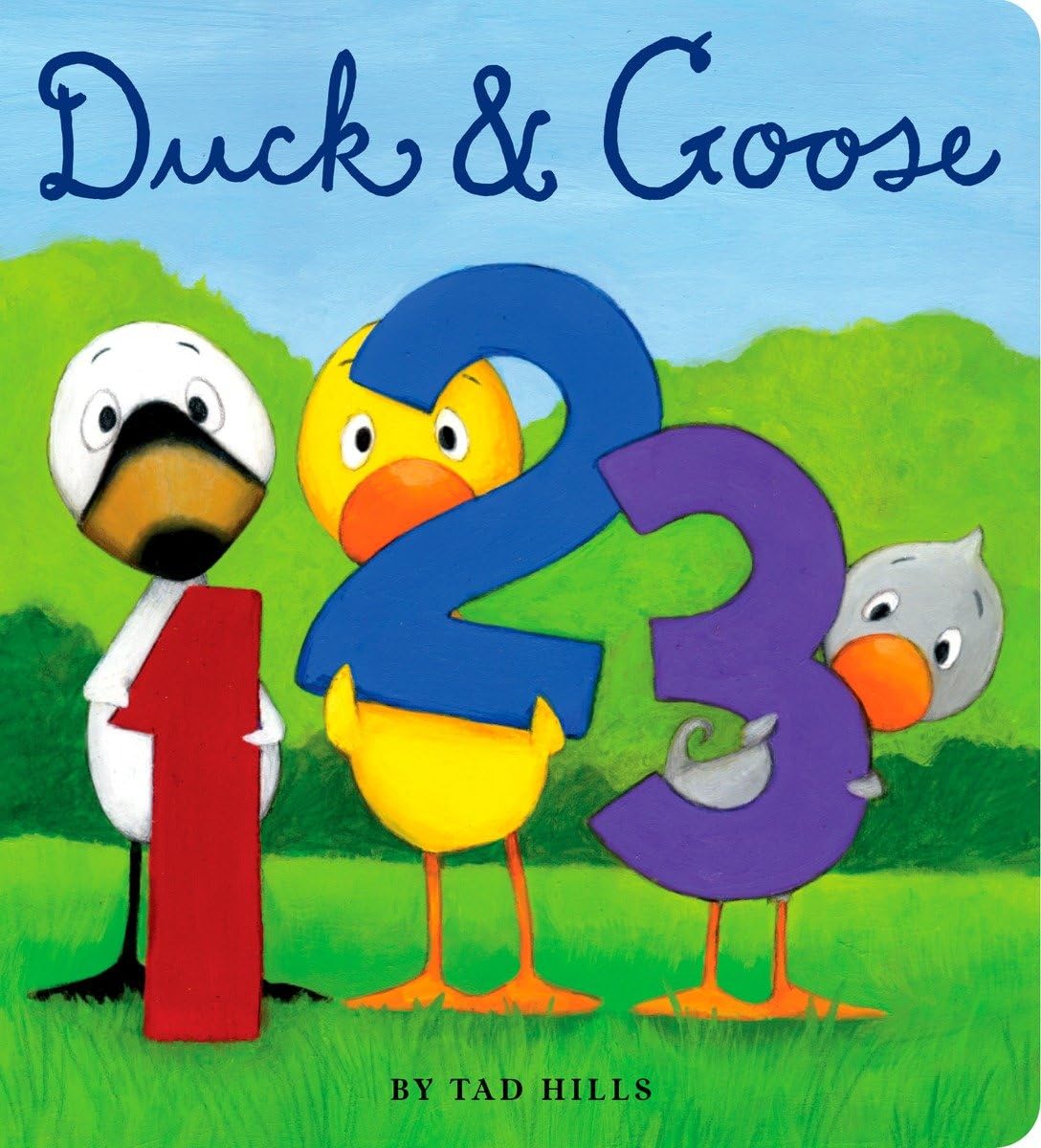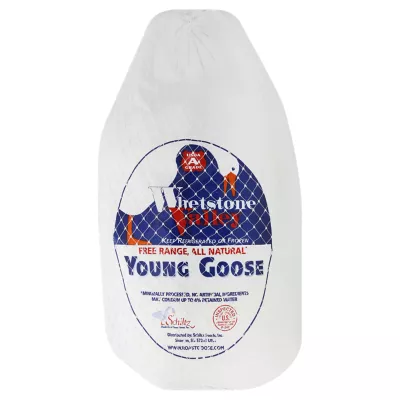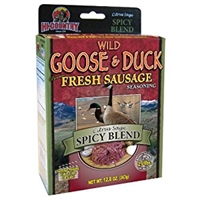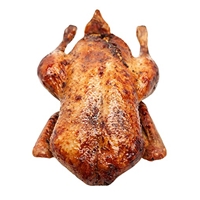Goose
Goose, a large waterfowl belonging to the family Anatidae, is known for its rich, flavorful, and dark meat. Geese have been a popular source of sustenance and culinary delight worldwide for centuries. They are primarily raised for their meat, but also valued for their fat, which is commonly used in cooking as a delicious and versatile ingredient.
When it comes to cooking a goose, this delectable bird is often roasted whole, a meal usually reserved for celebratory occasions and family gatherings. Its distinct taste pairs well with a variety of seasonings and accompaniments, including fruity glazes and sauces, herbs, and side dishes like roasted vegetables, potatoes, and stuffing.
0%
CARBS
68%
FAT
32%
PROTEIN
14 Goose Products
Used In 5 Recipes
Goose Is Frequently Used With
Goose FAQ
Cooking with goose can present opportunities to explore a rich, flavorful ingredient. However, the high fat content of goose, preparation methods, and cooking techniques can bring quite a bit of confusion. The most common queries usually involve how to manage the fat content, how to ensure the bird is tender and juicy, and how to provide a delicious crust.
The trouble starts when people don't understand the way goose fat renders during cooking and end up with a dry bird or smoke in the kitchen. To avoid this, begin at a low heat and allow the fat to render slowly.
Another common issue is not leaving the bird to rest after cooking. Like other meats, a goose needs time to allow the juices to redistribute through the meat, giving you a more tender, juicy bird.
Harnessing the goose fat is another area where many miss out. The fat rendered from roasting a goose is highly flavorful and can be saved for another use such as roasting potatoes or caramelizing onions.
Using goose in other forms like confit or producing pates or terrines are interesting ways to exploit the flavor of goose, but these techniques are not commonly known or used.
Little known tip: not all parts of the bird cook at the same time. This is why often the breasts are overcooked when the legs are just done. To avoid this, consider removing the breasts and cooking them separately. Or start cooking the legs before adding the breast to the roast.
How do I reduce the amount of fat in my roasted goose?
How do I make sure my goose is tender and not tough?
What can I do with the leftover goose fat?
Can I cook goose parts separately?
Why is my roast goose smoky?
How can I add more flavor to my goose?
Are there other ways to cook goose other than roasting?
How should goose be served?
My goose skin is not crispy, where did I go wrong?
Why does my goose have a strong flavor?
Expiration & Storage Tips
When does goose expire?
A raw, whole goose that is purchased from the store and is unopened typically comes with a 'use by' or 'sell by' date. It’s ideal to cook and consume it by this date. Once opened, it should be cooked within 1 to 2 days. Cooked goose, meanwhile, can last for 3 to 4 days in the refrigerator. If you want to extend its shelf life, you can freeze it. A raw goose can be kept frozen for up to one year, while cooked goose leftovers can be frozen for 2 to 3 months. Be sure to allow enough time to defrost frozen goose in the fridge—around 24 hours for every 5 lbs of goose.
How do you tell if goose is bad?
Visual signs are your first indication that a goose might be bad. Look for any changes in color. Fresh goose should have a pinkish hue, while spoiled goose often turns grey or green. Also, check for any slimy texture or a strong unpleasant smell. These symptoms indicate spoilage. Cooked goose that has gone bad may also develop a stale, sour smell and taste, and its texture can become rubbery.
Tips for storing goose to extend shelf life
• Keep raw goose wrapped in its original packaging in the refrigerator until you’re ready to cook it.
• Store cooked goose in airtight containers or tightly wrapped in heavy-duty aluminum foil or plastic wrap in the fridge.
• To freeze raw or cooked goose, pack it in airtight freezer bags or heavy-duty freezer wrap. Squeeze out as much air as possible before sealing to prevent freezer burn.
• Always use raw goose within one day of thawing and never refreeze once thawed.
EXPIRES WITHIN
6 - 21
DAYS
Health Info
Macros
0g
CARBS
47g
FAT
22g
PROTEIN
Allowed on these diets
LOW FAT
KETO
PALEO
WHOLE 30
MEDITERRANEAN
LOW CARB
LACTOSE FREE
GLUTEN FREE


